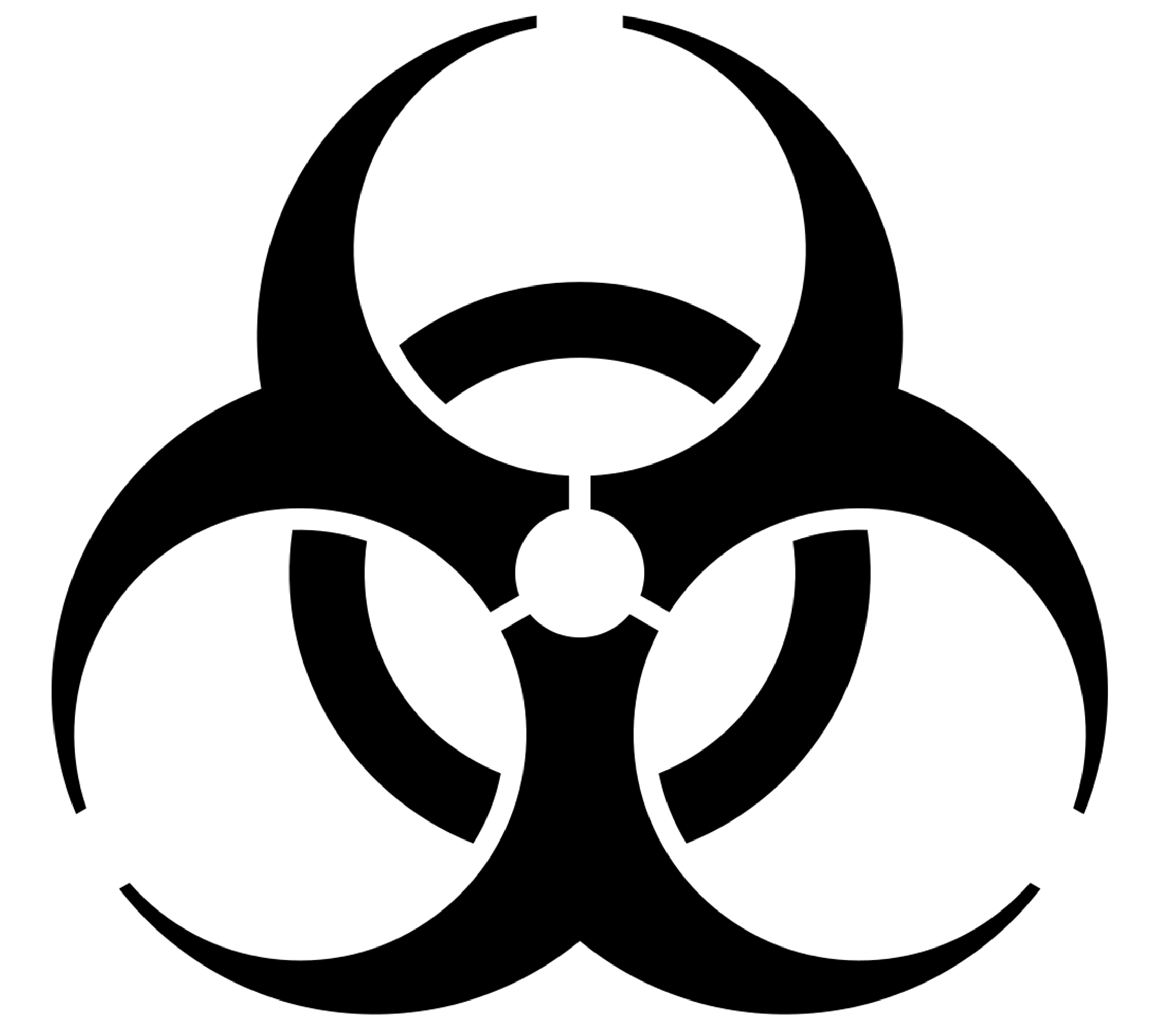Advanced Search
A Standard Operative Procedure for Safe-handling of Remains and Wastes of COVID-19 Patients
Published: Oct 20, 2020 DOI: 10.21769/BioProtoc.3790 Views: 2183
Reviewed by: Migla MiskinyteMasfique MehediVikas Duhan
Abstract
The ongoing coronavirus disease-2019 (COVID-19) pandemic has raised significant public health issues which need to be attended. To enable efficient handling of the situation and prevent the spread of the epidemic, healthcare professionals require various standard operating procedures (SOPs). Emerging evidence suggests high infectivity of the novel coronavirus strain–severe acute respiratory syndrome virus-2 (SARS-CoV-2)–causing COVID-19. The remains and wastes of COVID-19 patients can be a potential source of the virus exposure to the healthcare professionals if not handled with adequate precaution. Various institutions have issued SOPs in this regard, but a comprehensive approach is missing, which creates difficulty in interpretation and application of these SOPs. We have developed a comprehensive protocol for disposal of remains and wastes of the COVID-19 patients.We are following this protocol at our institution without any untoward event until date.
Keywords: COVID-19Background
Handling and disposal of the remains of the dead during the ongoing pandemic of coronavirus disease-2019 (COVID-19) are one of the most important and demanding aspects for the health care systems globally. COVID-19 is caused by a novel coronavirus strain (a positive sense single stranded RNA virus)–severe acute respiratory syndrome virus-2 (SARS-CoV-2). Emerging evidence suggests that SARS-CoV-2 has high infectivity (Atkinson and Petersen, 2020). The remains and wastes of COVID-19 patients can be a potential source of the virus exposure to the healthcare professionals, hence should be handled with adequate precaution. It is important as the health care system has to ensure that the dead body of a COVID-19 patient should not become a source of the infection, and demanding because of the varied religious beliefs and cultural practices that are associated with the way of disposing the dead body around the globe. In order to enable efficient handling of the remains and wastes of COVID-19 patients by the healthcare professionals, a stepwise protocol of standard operative procedures (SOPs) is essential. The emphasis should be on making the SOPs comprehensive enough for easy interpretation and application.
A recent report (Sriwijitalai and Wiwanitkit, 2020) regarding the death of a forensic practitioner working in Bangkok, Thailand after contracting the virus from dead COVID-19 patient indicated the risk of transmission of the virus via dead bodies. This incidence has called for a protective protocol for handling the remains and wastes of the COVID-19 patients. Institutions like WHO (World Health Organization), CDC (Centers for Disease Control and Prevention, USA), Department of Health of different governments country wise (such as Ministry of Health and Family Welfare, MoHFW, Government of India; Department of Health, Hong Kong), etc. have laid down the protocols regarding the handling and disposal of the dead during COVID-19 (References 3-6). Though these protocols do elaborately explain the procedure for the same but are often difficult to interpret, and hence the application becomes inconvenient.
Here we have provided a set of instructions to be carried out in a sequential manner for the handling of remains and wastes of the COVID-19 patients providing additional details for precautions and safety measures, protecting gears and disinfecting materials. This protocol will help healthcare professionals taking quick on-spot decisions and avoiding exposure risks while handling the remains and wastes of COVID-19 patients.
Materials and Reagents
- Liquid Soap
- Water
- 70% ethyl alcohol
- EPA (the United States Environmental Protection Agency) registered disinfectant (Reference 7) (such as Sodium hypochlorite with a final concentration of 1%)
Equipment
- Personal protective equipment (PPE) which includes
- Nitrile gloves
- Water-resistant gown/plastic apron over water repellent gown
- N95 mask
- Full-length cover shoes/boots
- Goggles or face shield to protect eyes from the splashes
- Measuring container
- Plastic sheets for wrapping the body of the deceased
- Zipper closed leak-proof transparent plastic bag (150 μm thick)
- Tags
- Gauge pieces
- Spray bottle
- Coloured Bins (Yellow, Red, White, Blue)
- Non-chlorinated plastic bags with hazard sign (Figure 1) (Yellow, Red)

Figure 1. Bio-hazard Symbol (Reference 10) - Translucent, puncture, leak and tamper-proof White bags
- Blue water proof cardboard boxes/containers
- Incinerator
- Industrial micro-wave/hydroclave/shredder
Procedure
Category
Environmental science > Virus
Immunology > Complement analysis > Virus
Do you have any questions about this protocol?
Post your question to gather feedback from the community. We will also invite the authors of this article to respond.
Tips for asking effective questions
+ Description
Write a detailed description. Include all information that will help others answer your question including experimental processes, conditions, and relevant images.
Share
Bluesky
X
Copy link




 (3).jpg)